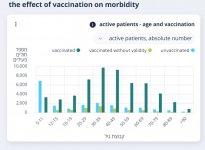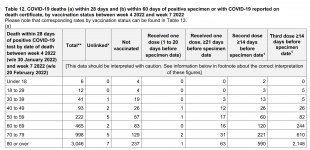Misleading, of course. From Reuters:.
ARR = Absolute Risk Reduction
RRR = Relative Risk Reducution
“Let’s say a study enrolled 20,000 patients into the control group and 20,000 in the vaccine group. In that study, 200 people in the control group got sick and 0 people in the vaccine group got sick. Even though the vaccine efficacy would be a whopping 100%, the ARR would show that vaccines reduce the absolute risk by just 1% (200/20,000= 1%). For the ARR to increase to 20% in our example study with a vaccine with 100% efficacy, 4,000 of the 20,000 people in the control group would have to get sick (4,000/20,000= 20%).”
Natalie E. Dean, assistant professor of Biostatistics at the University of Florida, understood why the ARR numbers might have confused users on social media and explained why the RRR is the “usual scale” considered by the medical community when talking about vaccine efficacy.
“Because (the ARR) is a much lower number, it feels like it is saying that the other number (RRR) isn’t true,” but this is not accurate, “they are both capturing some aspect of reality, just measuring it in a different way,” she told Reuters via telephone.
Vaccine efficacy, expressed as the RRR means the vaccine will reduce the risk of infection by that reported percentage irrespective of the transmission setting. “It is more meaningful,” she said.







